A Life Spent Drawing
Seda Yıldız in conversation with the Turkish illustrator and former HFBK student Betül Dengili Atlı about her time in Hamburg and her artistic career.
Professor Betül Dengili Atlı was among the highly skilled students the Turkish government supported with graduate education scholarships abroad as part of Turkey’s modernization policies. These policies, which date back to 1929, sought to train Turkish students abroad, who in return would contribute to the development of public institutions and the future of their home country.[1] Upon graduating from the Istanbul State Academy of Fine Arts (now the Mimar Sinan Fine Arts University) in 1968, Atlı received a scholarship offer through her professor Sabih Gözen, the founder of the fabric patterns workshop at the academy. Though she focused on textiles during her studies, Atlı ended up working as an illustrator, since the textile industry was still nascent in Turkey at the time. Working as an illustrator, Atlı created album covers for various foreign releases in Turkey. In just eight months she produced her most well-known works, including illustrations for Led Zeppelin, Iron Butterfly, Jethro Tull, Patty Pravo, Rainbow, and others. Her multilayered illustrations present a world within a world, a dreamy atmosphere composed of highly elaborated and interlaced patterns. Though she calls this the best adventure of her career, Atlı’s motivation to pursue an academic career let her to accept the offer, and she arrived in Germany in 1970 to earn her PhD.
Her first stop was Munich, where she participated in a year-long German language program. However, it came as a surprise to her that Germany had no doctoral program in art at the time. After extensive correspondence with the Turkish authorities, the plan became clear: Atlı would receive a degree from a German academy and return to Turkey for her eight years of obligatory service. The fashion department of the Kassel Art Academy was her first choice. Atlı describes her first impressions upon arriving in Kassel: “I couldn’t believe how in 25 years Germany had recovered from the effects of the war. The city was rebuilt, and there were no traces of destruction. The studios at the academy were full of materials and equipment. Whatever one could imagine was available, but there were no teachers, no students. It was almost a ghost space.” Disappointed, Atlı asked to be transferred to the HFBK Hamburg in 1972, to the class of “Frau Hildebrand,” who was recommended to her. Frau Hildebrand turned out to be the renowned German textile designer Margret Hildebrand, who was also the first female professor appointed by the HFBK to the textile design department in 1956.[2]
During her time at the HFBK Hamburg, from 1972 to 1974, Atlı and Hildebrand did not have many interactions. “I arrived at the HFBK and saw Frau Hildebrand working in a studio behind glass windows. She would spend her days there doing her personal things. There was no regular exchange between students and teachers,” she recalls. As in Kassel, Atlı found it odd that there were no classes, group discussions, or meetings, but only empty classrooms and studios. “Only occasionally did someone from a ceramic factory bring broken pots and plates, and then we could work on making patterns. That was pretty much how our education was,” she explains. “That extreme freedom made it seem like the students were being ignored.”
During her time at the HFBK Hamburg, Atlı mainly worked on creating graphic patterns. It was one of these pieces that she also displayed in the exhibition of international students held at the HFBK Hamburg in 1973. The exhibition, which had no proper opening, did not attract much interest from the public, as she recalls: “It was right after the hippie movement. People were not interested in events such as exhibition openings or competitions. There was this reckless approach like, ‘What is competition?’ ‘What is success?’ ‘Who decides?’” Nonetheless, it was a unique experience and Atlı’s first encounter with conceptual art, including installations made from found objects. Along with her printed work, there was one children’s book illustration from a graphic design student on display. Such works on paper did not draw much attention at the time, she notes.
For Atlı, it was not the education she received in Germany, but the social and cultural life that contributed significantly to her personal development. The encounters during her stay at the international student dormitory influenced her personality and her approach to teaching, and also helped her build tolerance for differences. It was the first time she had the opportunity to meet people of different nationalities, saw a shopping mall, tasted foreign cuisines, and visited museum exhibitions. “These experiences were a school to me. They helped me develop a broader perspective in my life.” In 1972, while Atlı was still in a language course in Munich, she won the international competition organized by Für Sie, one of Germany’s leading women’s magazines. Her work, which was chosen among some 5000 entries, was an embroidery created on her own drawing. “Perhaps nobody ever heard about it at the HFBK Hamburg. Nobody showed curiosity in my work, neither in this prize, nor the record covers I designed in Turkey,” Atlı explains. Some of the record covers she designed for albums by Led Zeppelin, Elvis Presley, Patty Pravo, as well as Turkish psychedelic artists such as Cem Karaca and Barış Manço are in private collections and are sold at auction for high prices today.
Atlı graduated from the HFBK Hamburg in 1973. Her final project was a wallpaper design as well a thesis in German on Turkish miniatures. Staying in Germany did not even occur to her. “Will I work in a textile factory or become an assistant at the academy by the sea in Istanbul?” she wondered after graduating. She chose the latter. Ironically, the diploma she received was not recognized by any public institution in Turkey. What remains valid from her time is the wallpaper she designed for her final project, which later became the cover for the album Denizaltı Rüzgarları (1975) by the acclaimed Turkish jazz percussionist Okay Temiz. Atlı began working as a teaching assistant in the textile department at the Mimar Sinan Fine Arts University in 1975, where she continued working for 35 years, until she retired with the title of professor in 2008. With the growth of the textile industry in the early 1990s in Turkey, she helped create the textile department in 1994, which was expanded in 2004 to also include fashion design. During this time, she also introduced theoretical courses such as the history of twentieth-century costume and fashion design. Atlı continues to teach courses on drawing and fashion at private universities in Turkey.
Though her career took a turn toward textile and fashion design, Atlı has always been fond of creating illustrations for albums and children’s books. Following the vinyl revival that started in the early 2000s, after a 40-year break Atlı designed the cover for the Istanbul-based psychedelic rock band Nemrud in 2016, which sparked interest in her work as an illustrator.
This was followed by the limited-edition vinyl covers she created for Erkin Koray (Tamam Artık, 2017), Barış Manço (Darısı Başınıza, 2020), Cem Karaca (Yiğitler, 2021), and Edip Akbayram (Özgürlük, 2021). In 2021 she exhibited her illustrations at the Vinyl Festival in Istanbul. As she contemplates the eventual end of her career, Atlı appreciates how particularly young people, to her surprise, attach such value to these covers inherited from their families. Perhaps some of these illustrations will inspire others to start drawing themselves.
Seda Yıldız (*1989, Istanbul) is an independent curator and writer based in Hamburg. Her practice is inspired by thinking across disciplines including art, music, design, literature, and activism. She is particularly interested in taking part in process-oriented, open, and experimental projects that foster collaboration and exchange with a wider audience. More information is available at yildizseda.com.
Notes
This article appeared in Lerchenfeld issue #67.


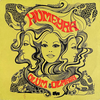
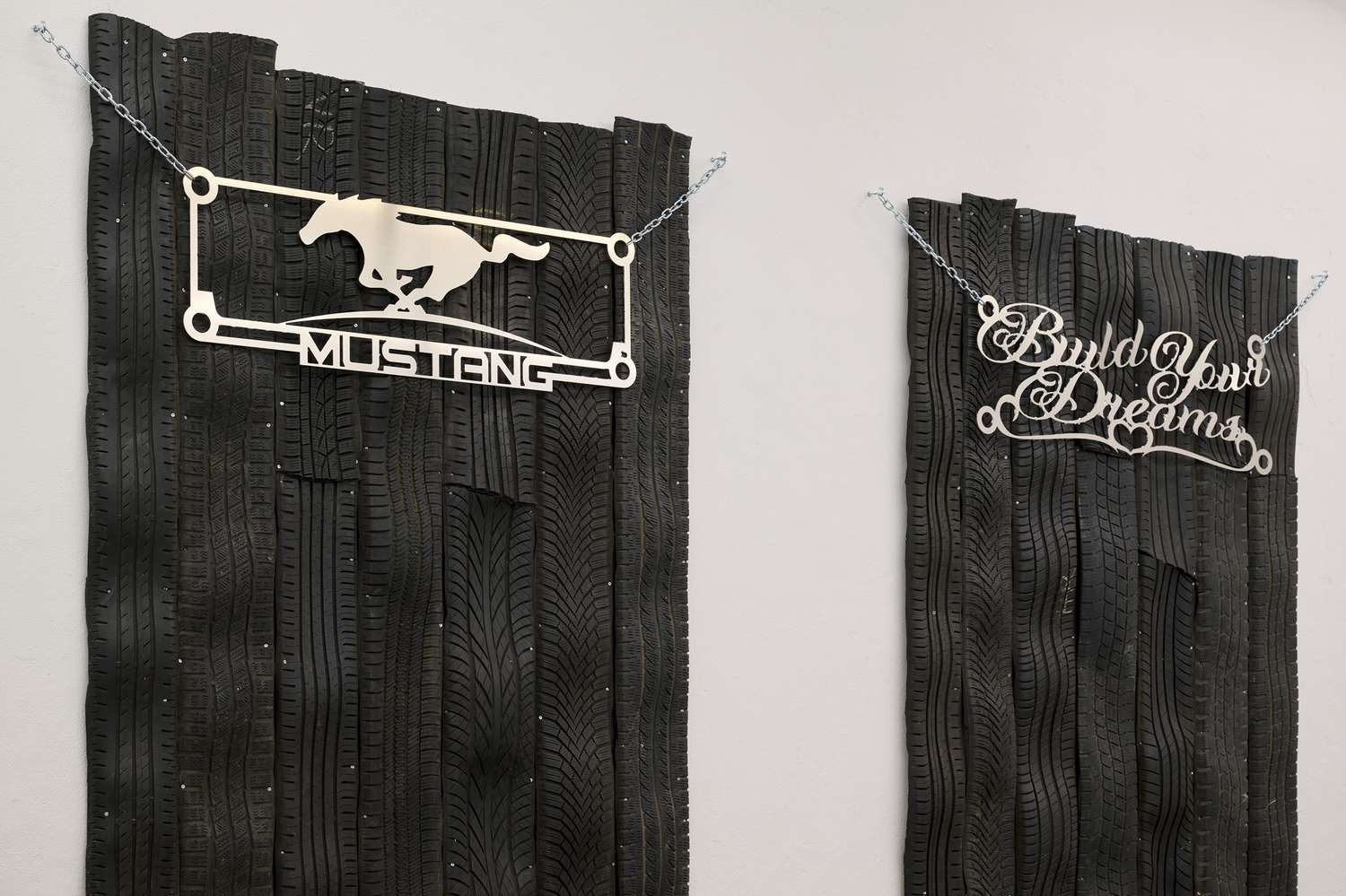
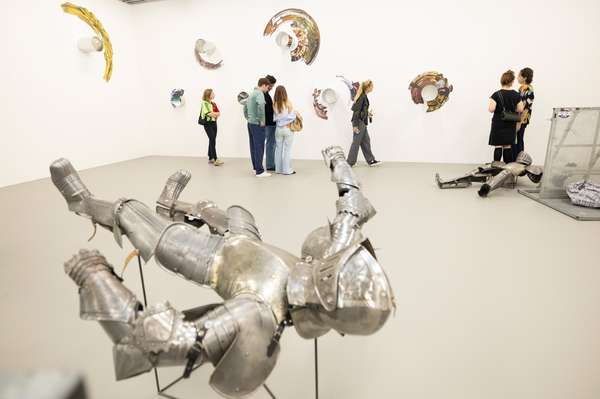

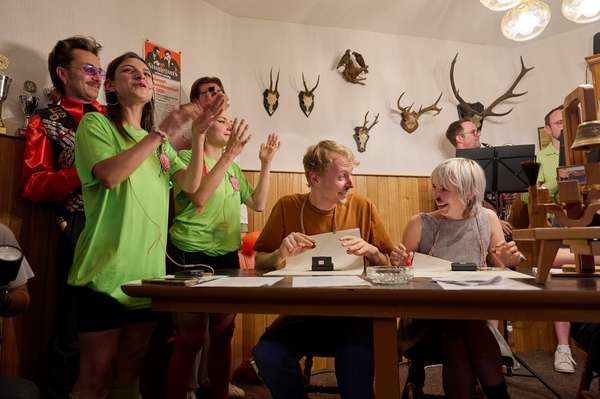
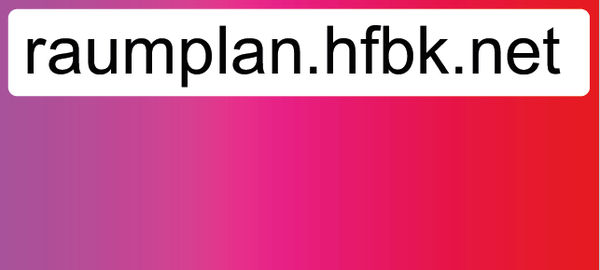
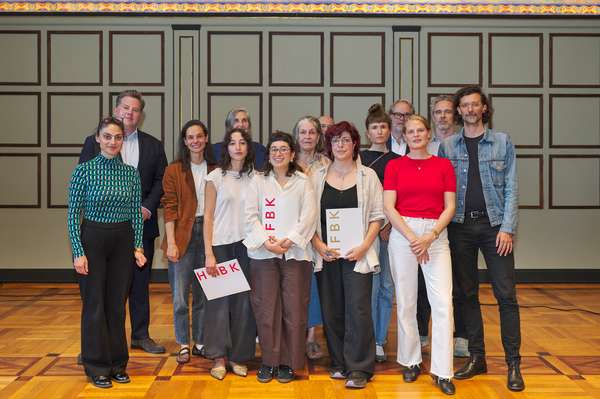

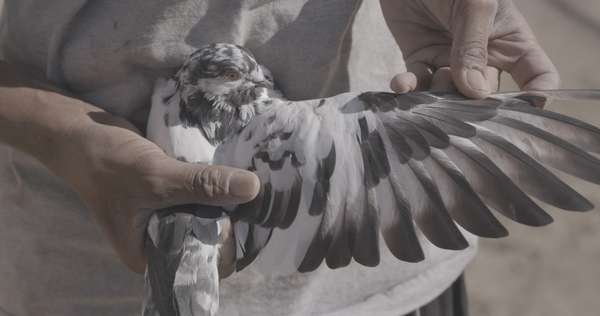
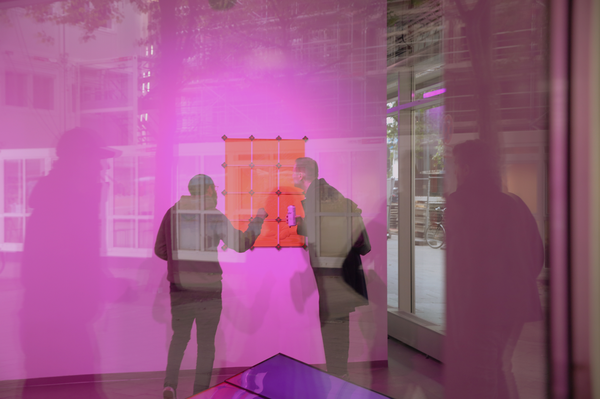


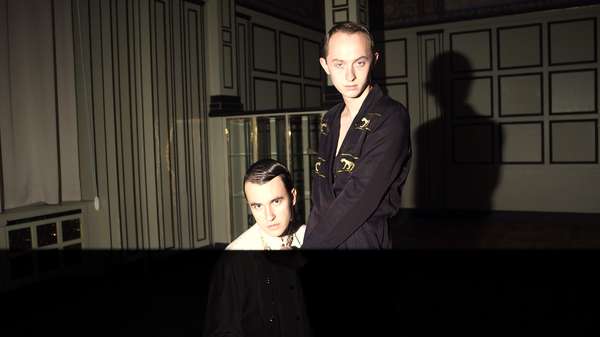
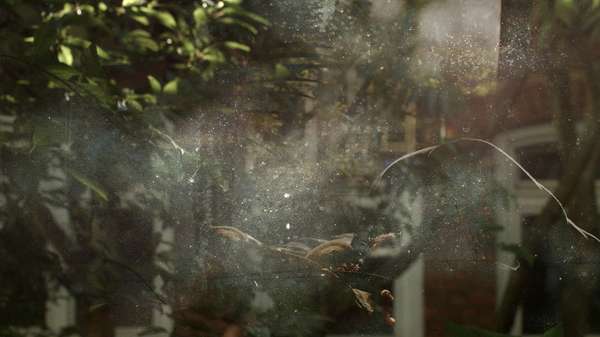
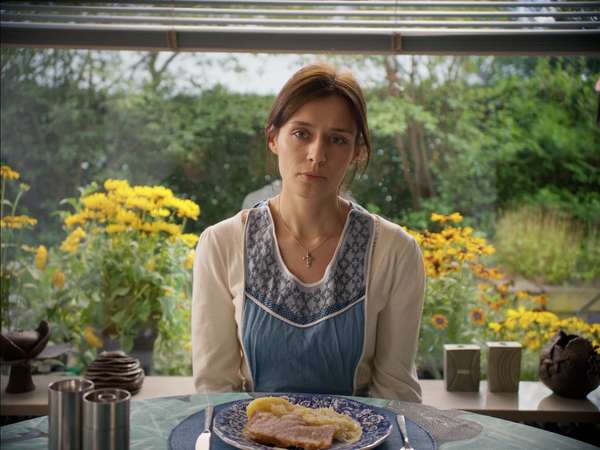
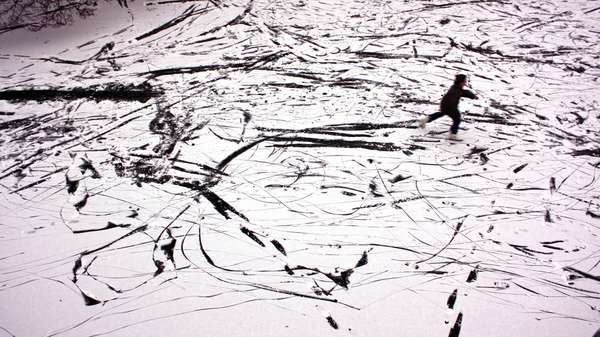
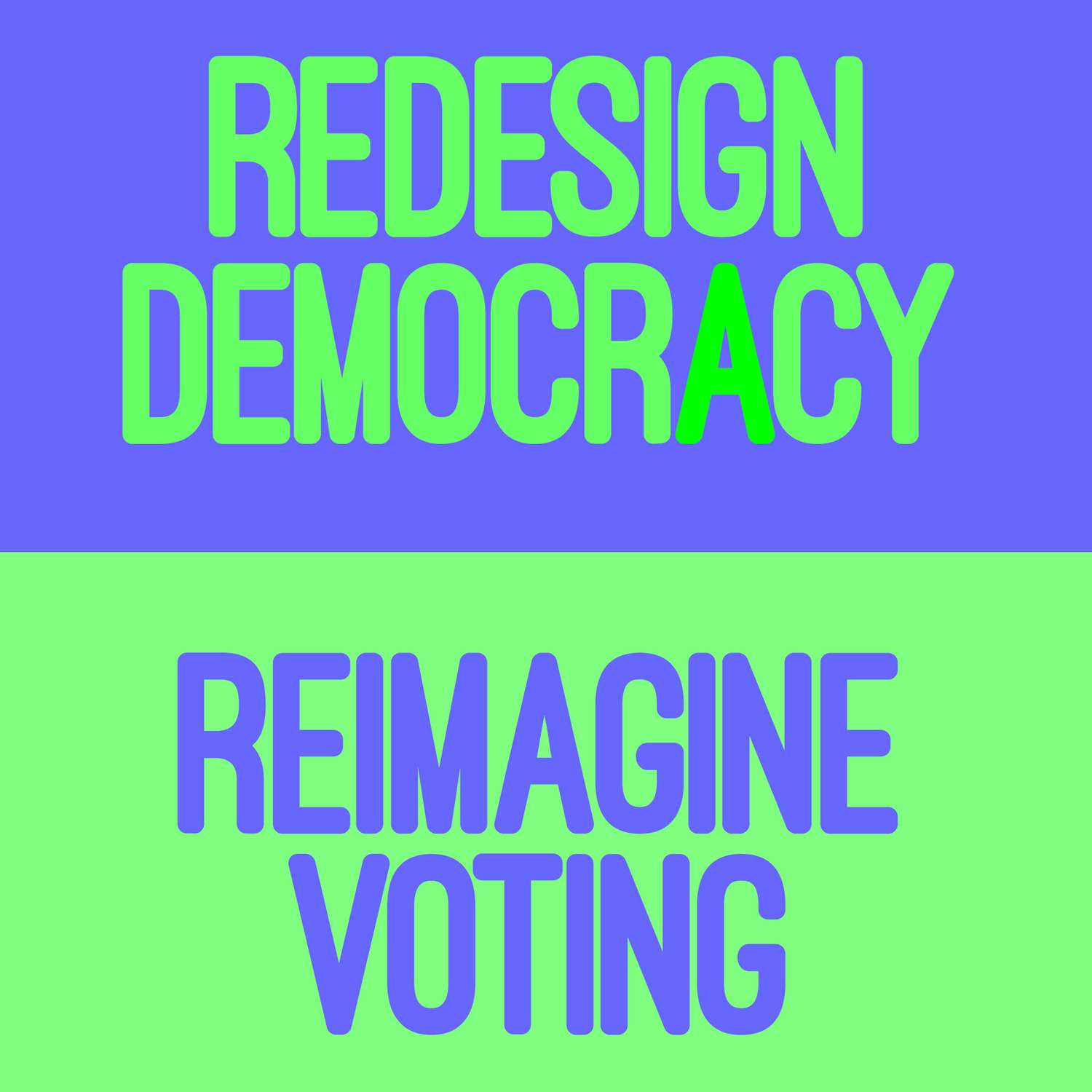

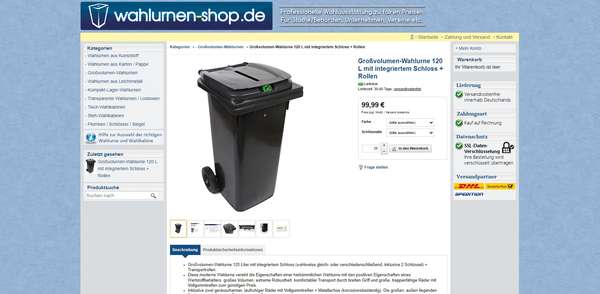

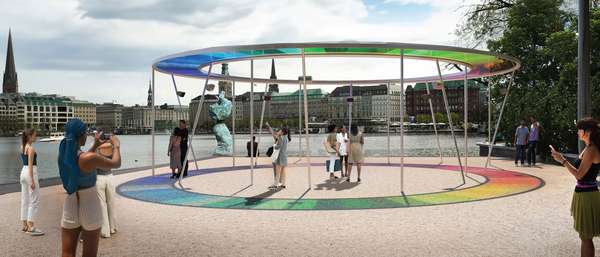

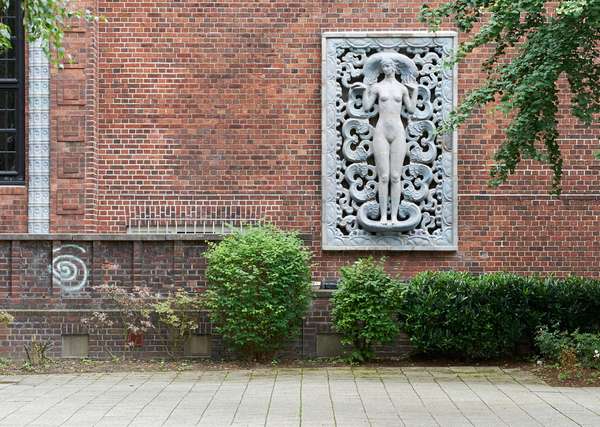
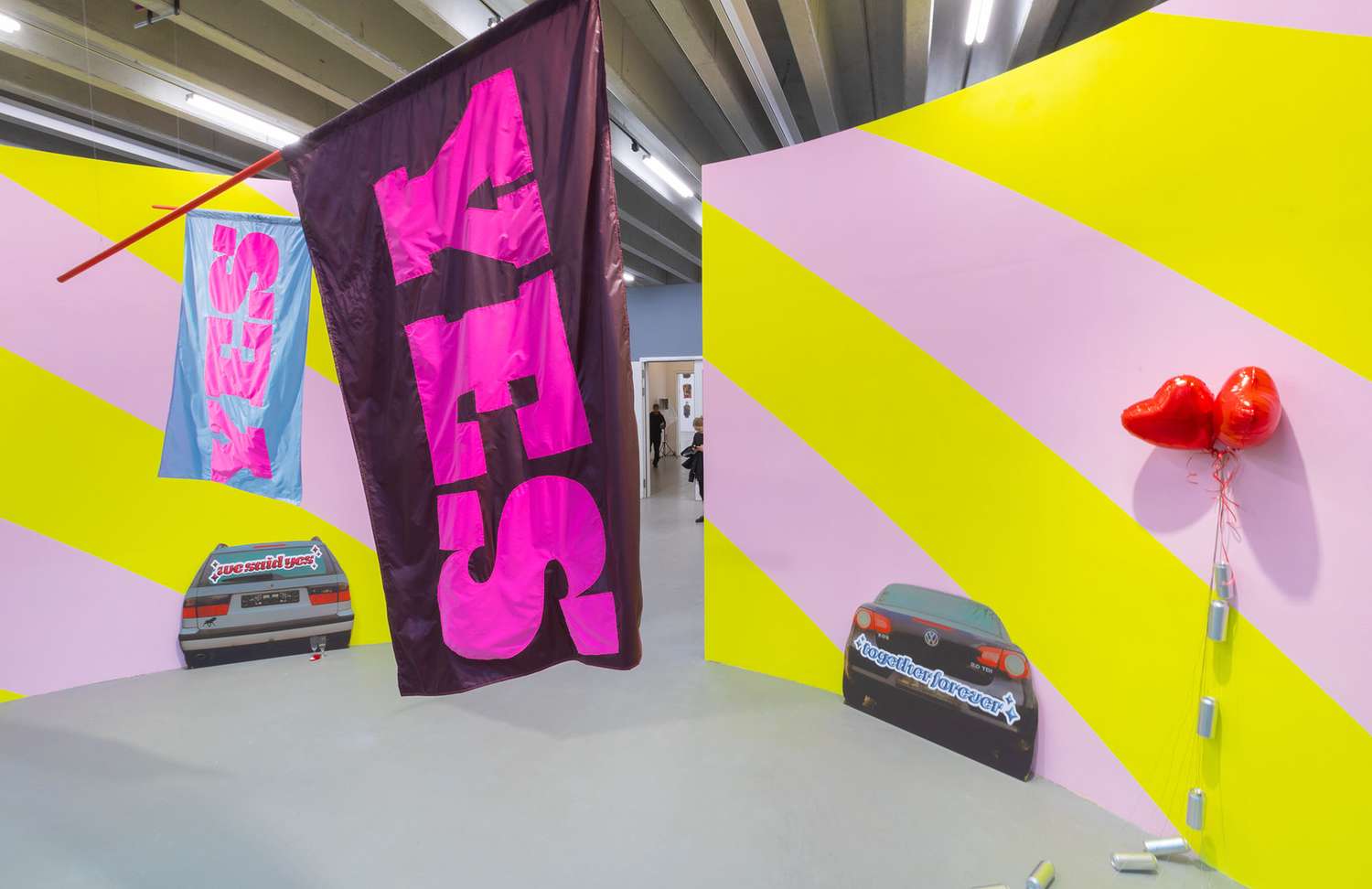
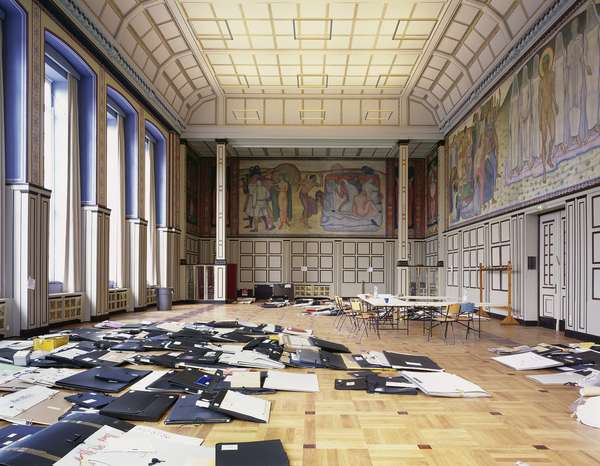
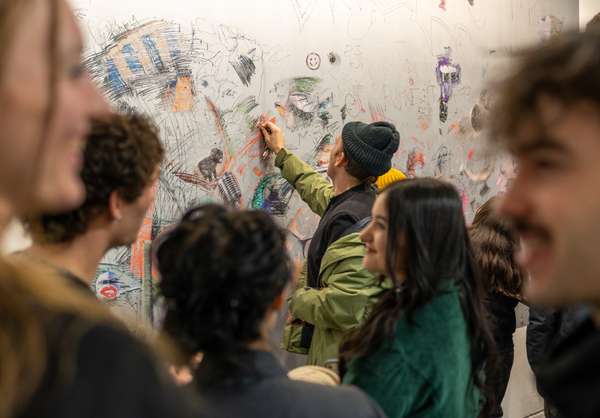
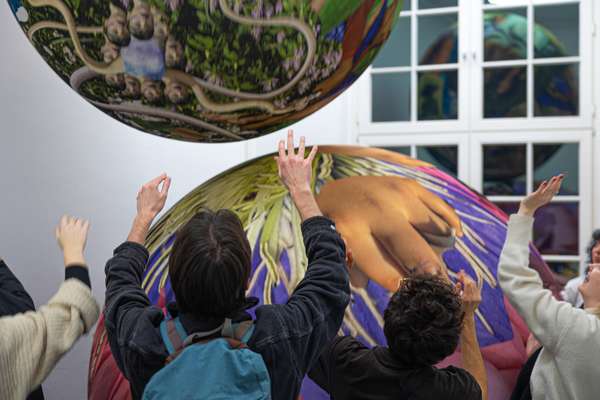



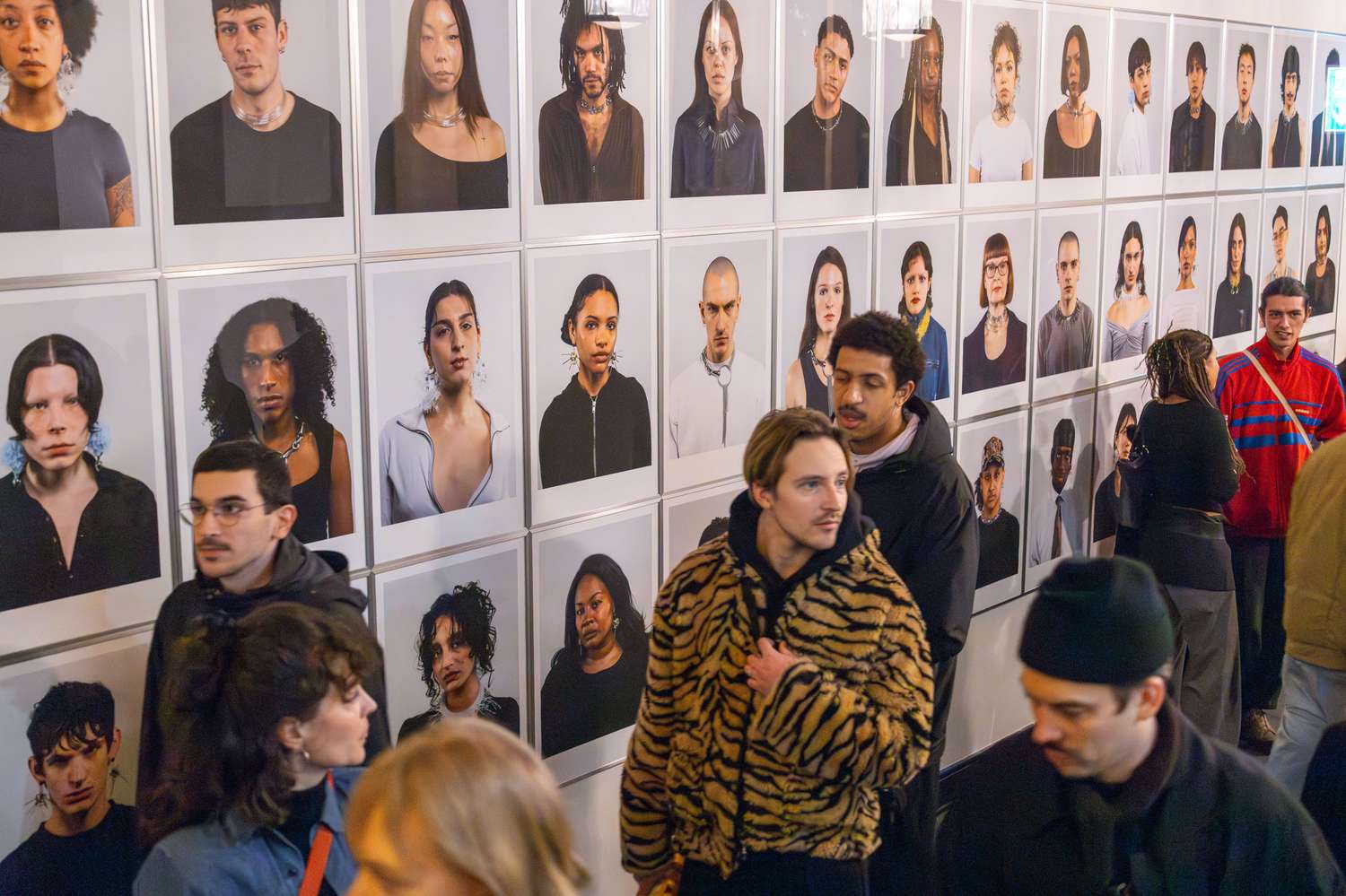
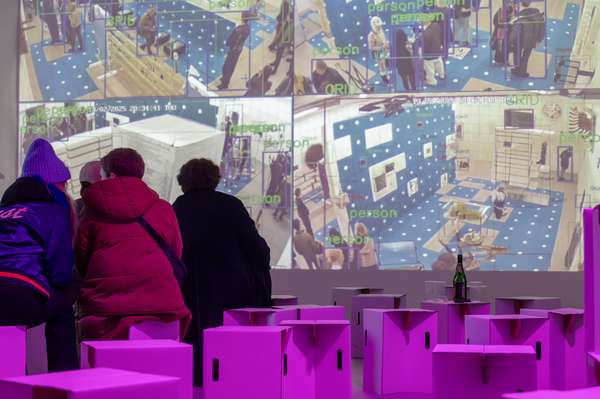
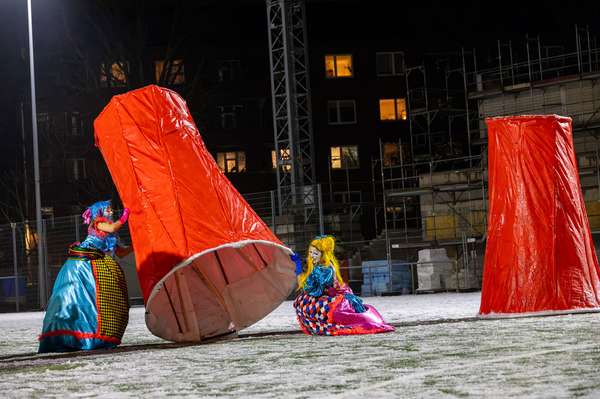
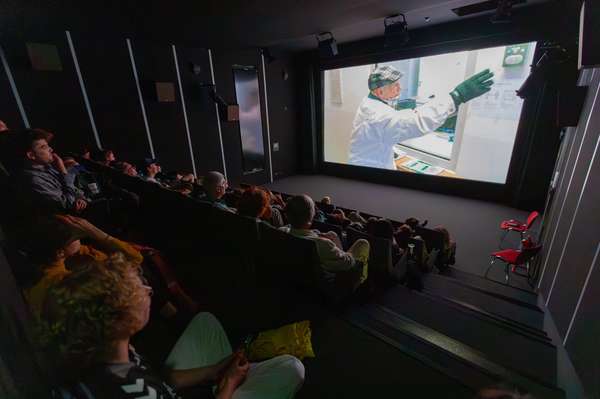
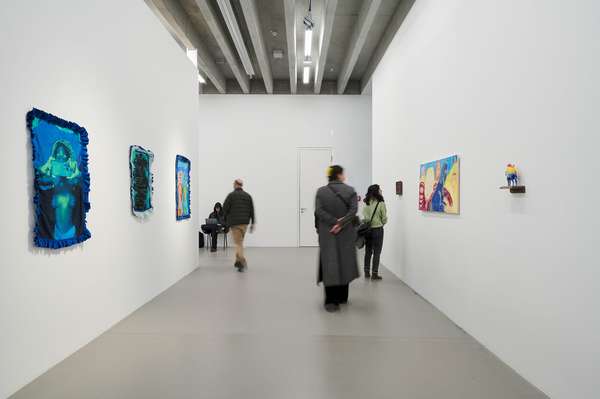
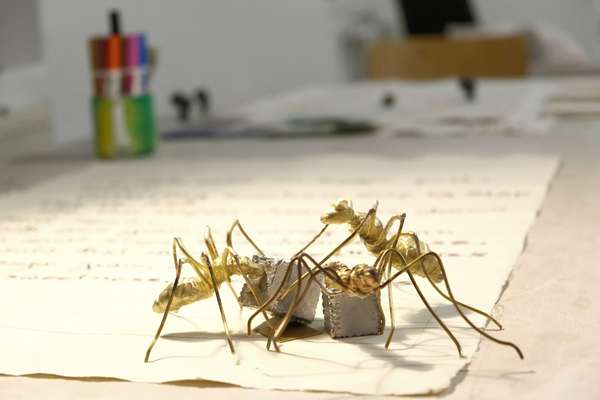
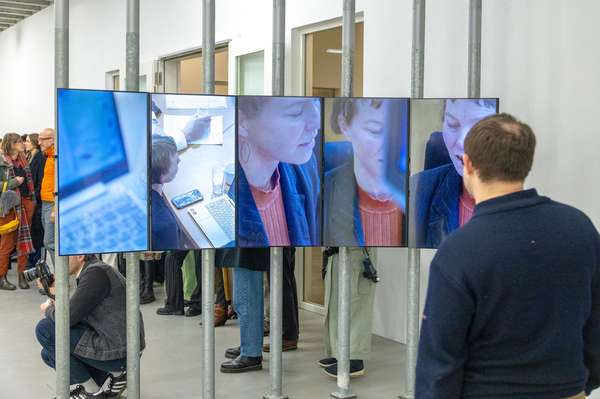
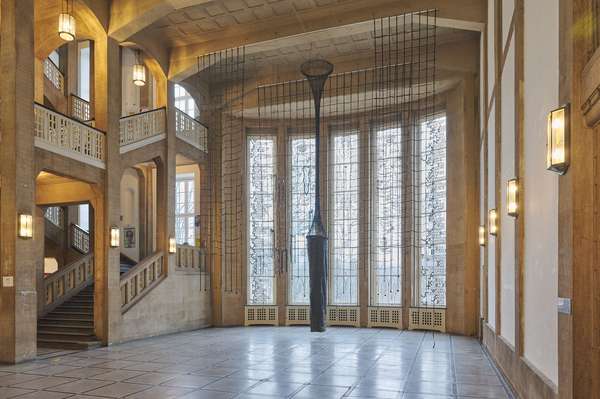
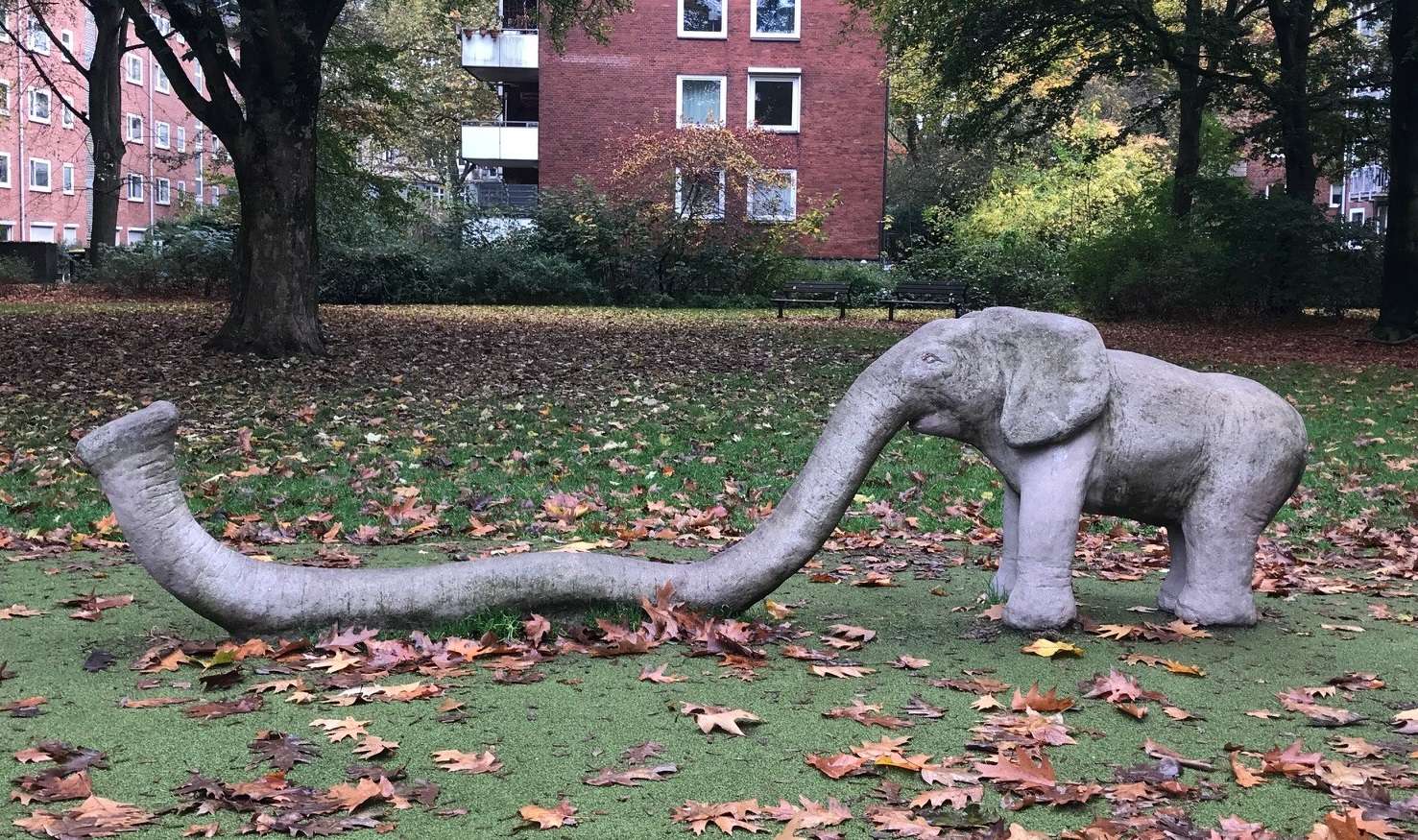
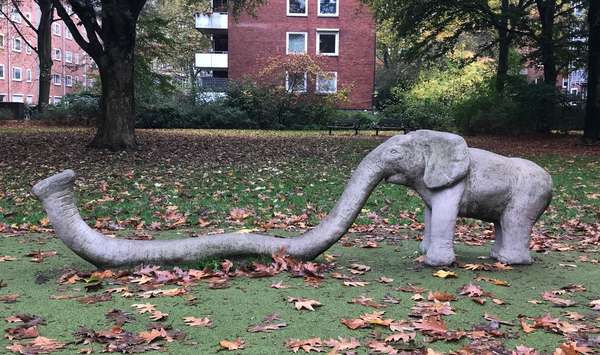
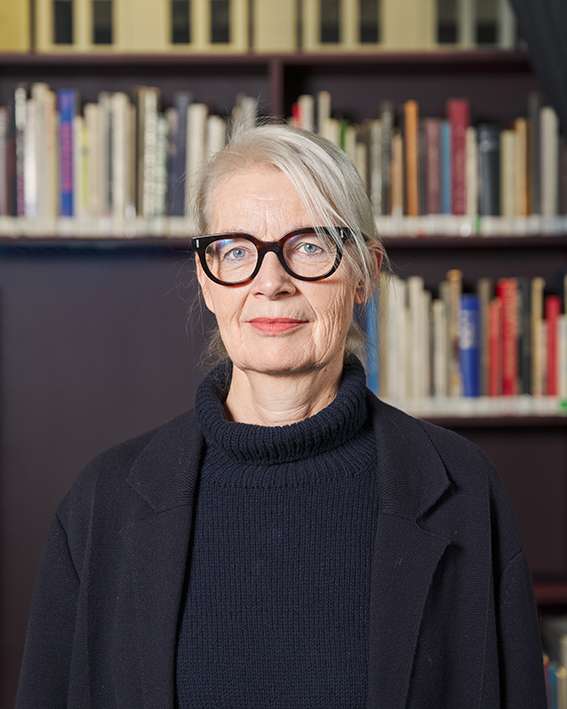
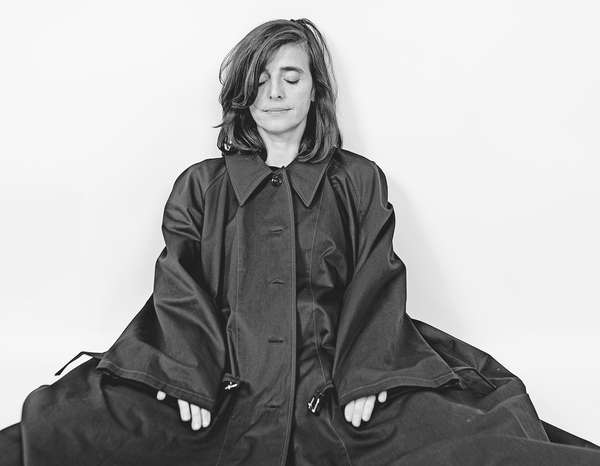
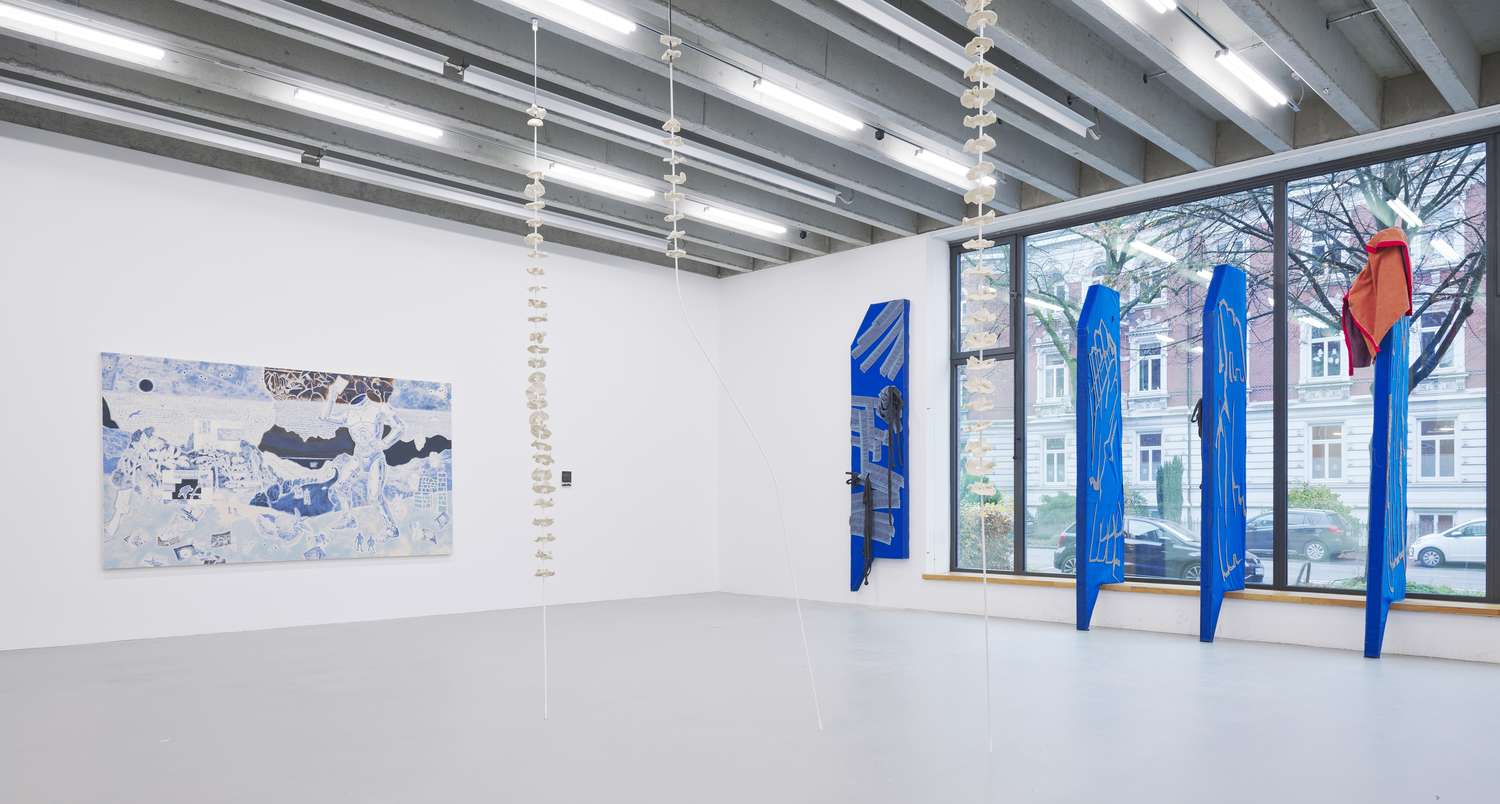
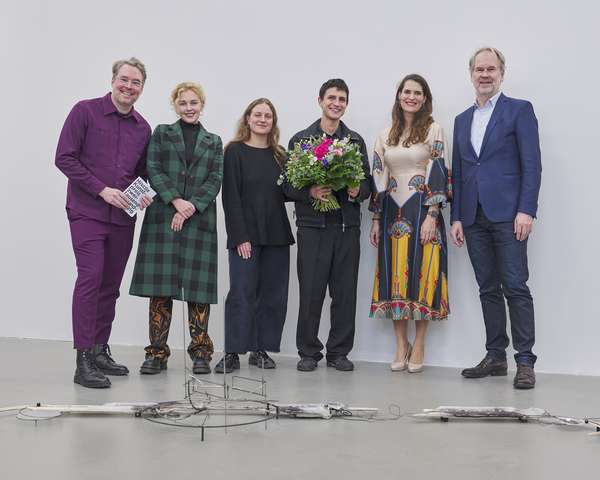
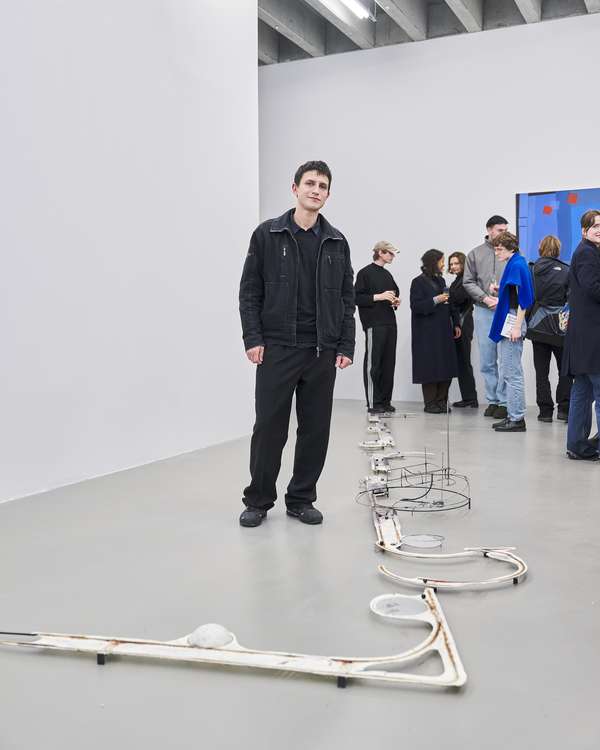
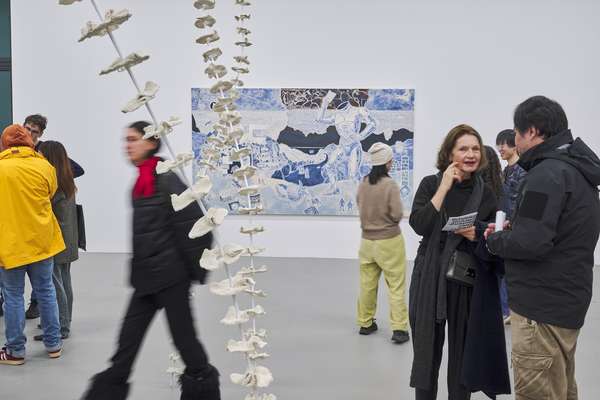
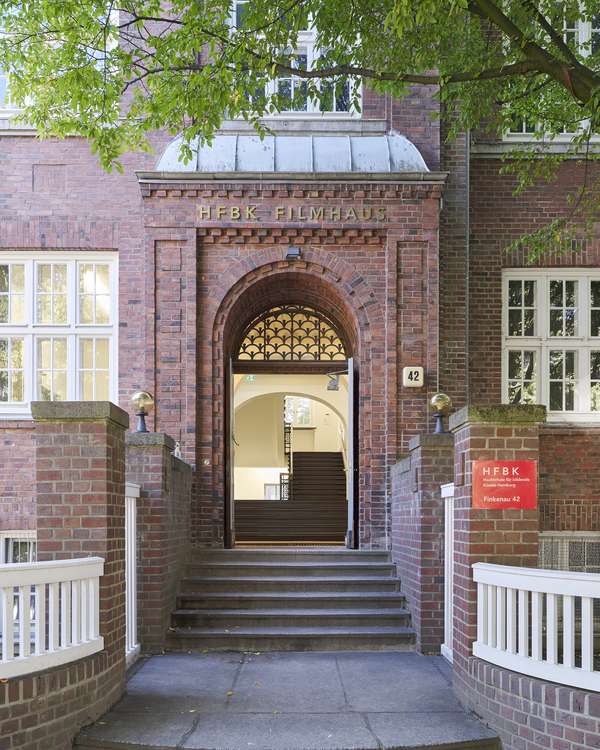
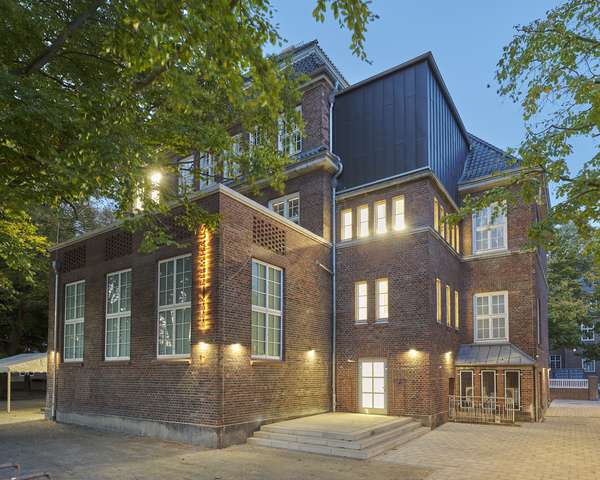
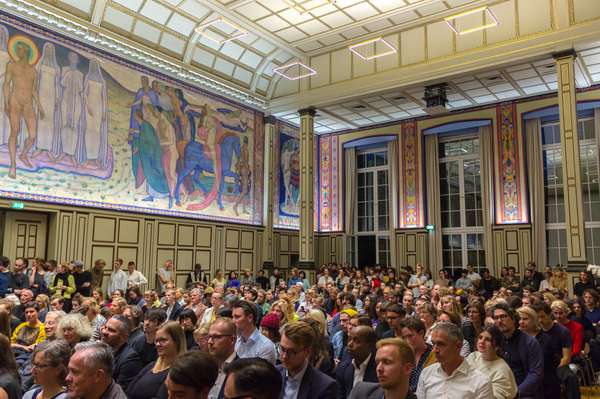
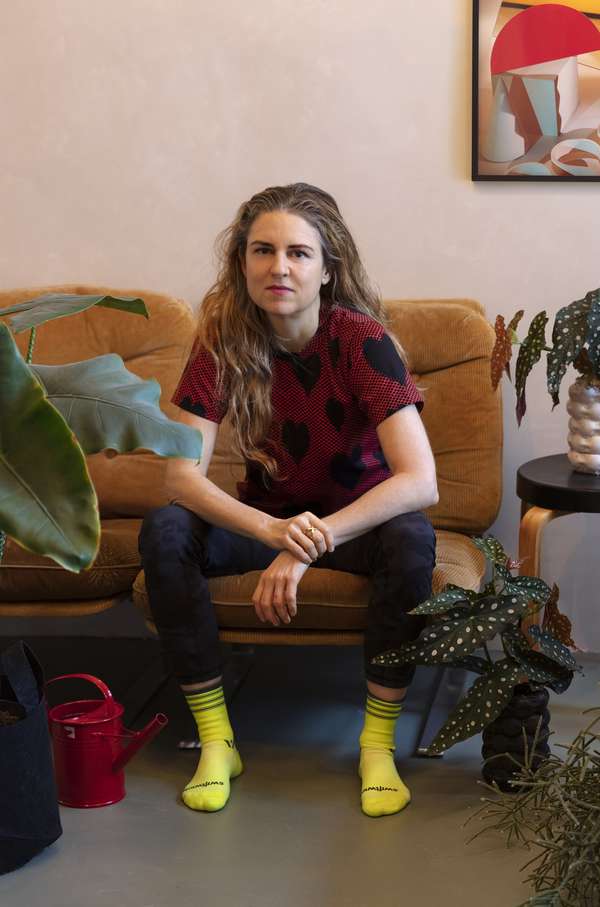
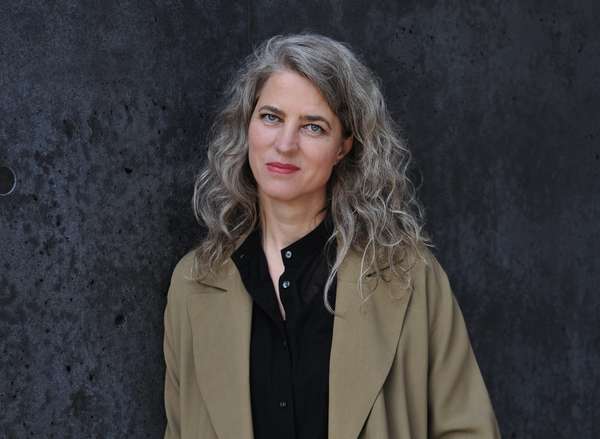
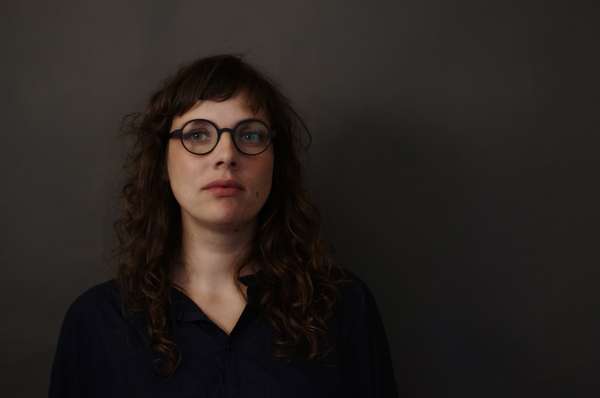
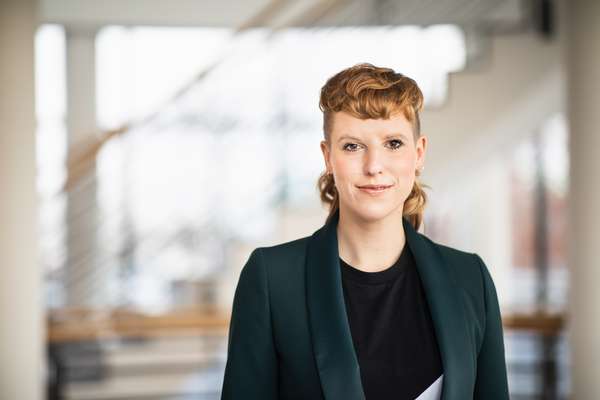
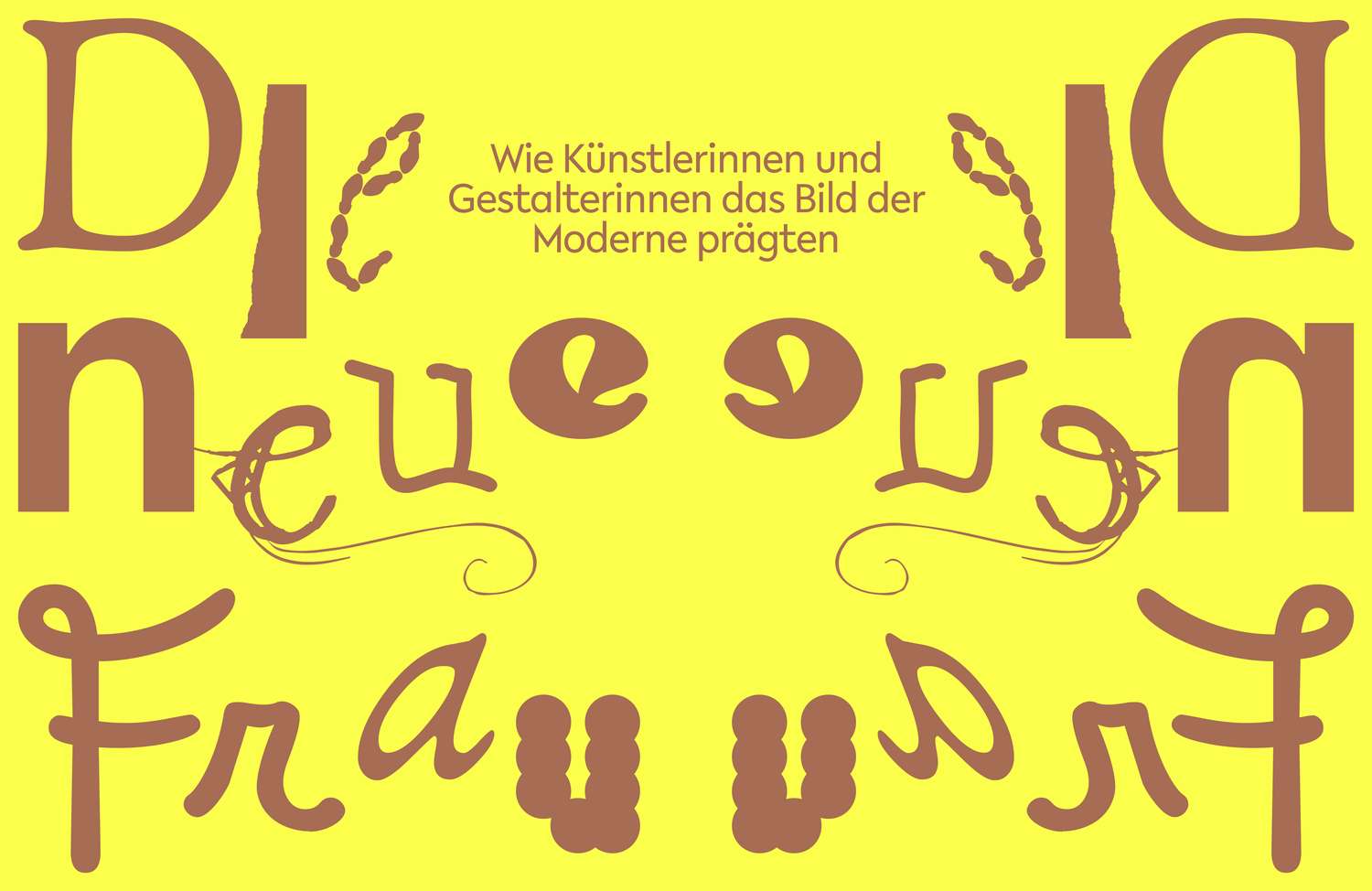
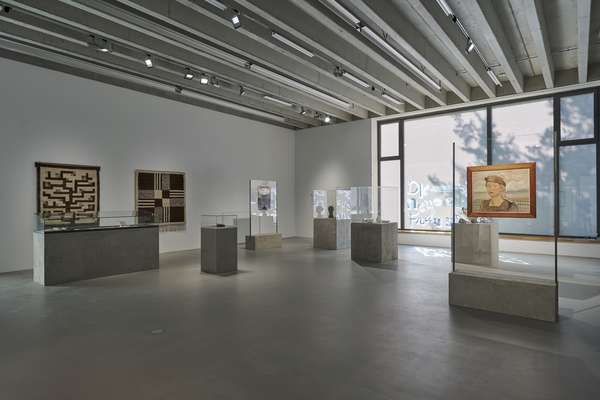
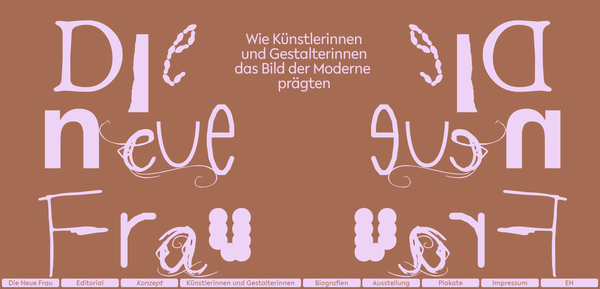
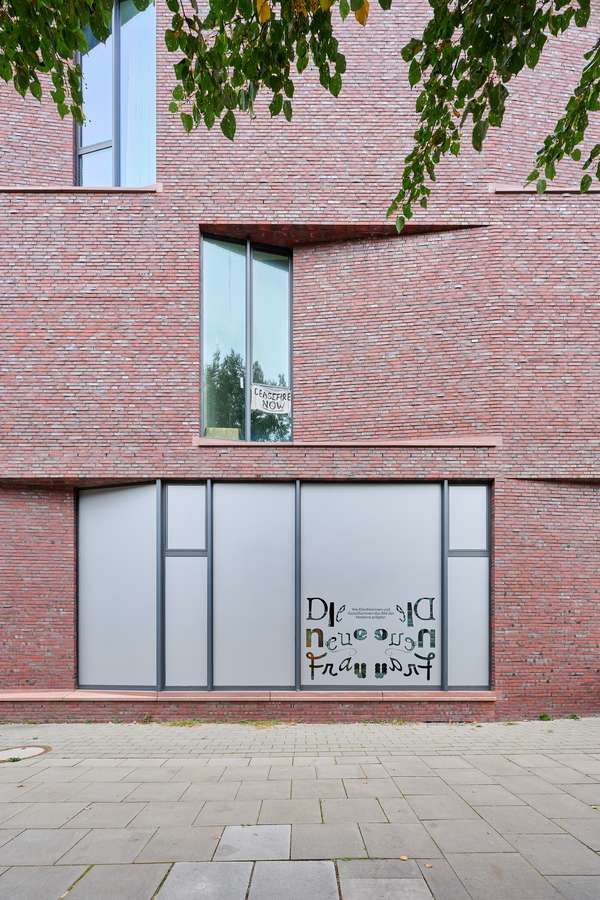
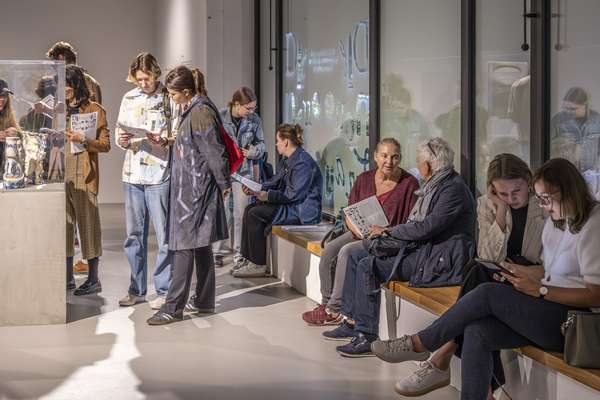

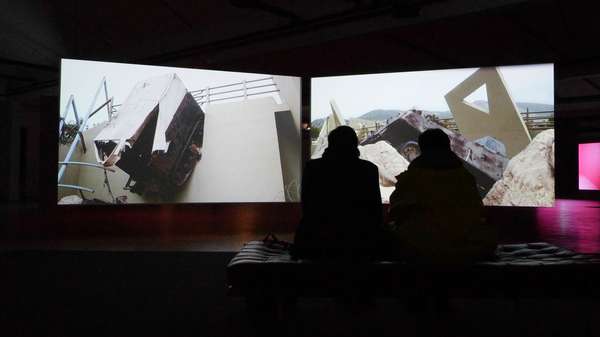
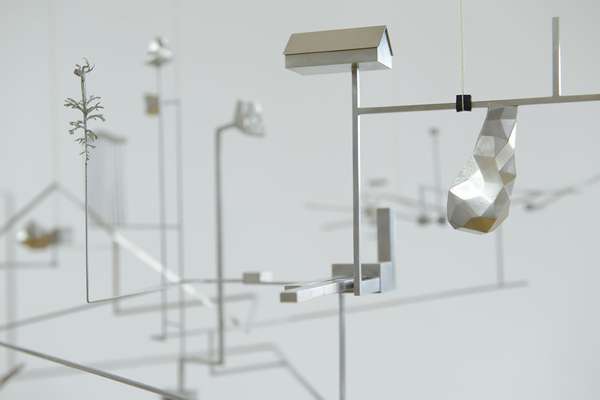
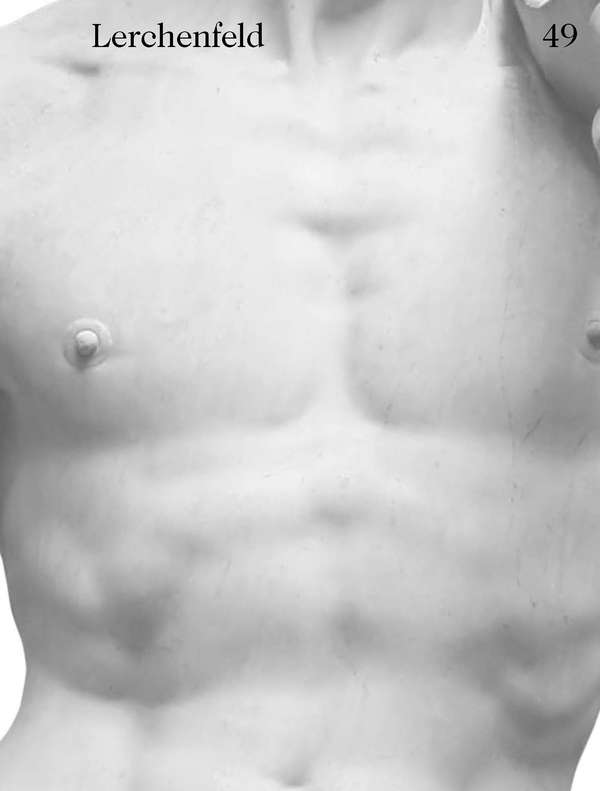
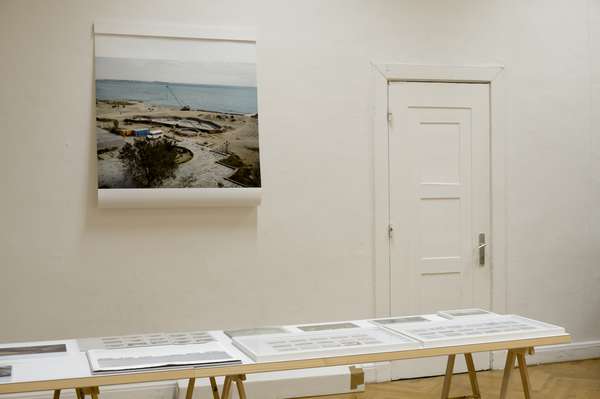
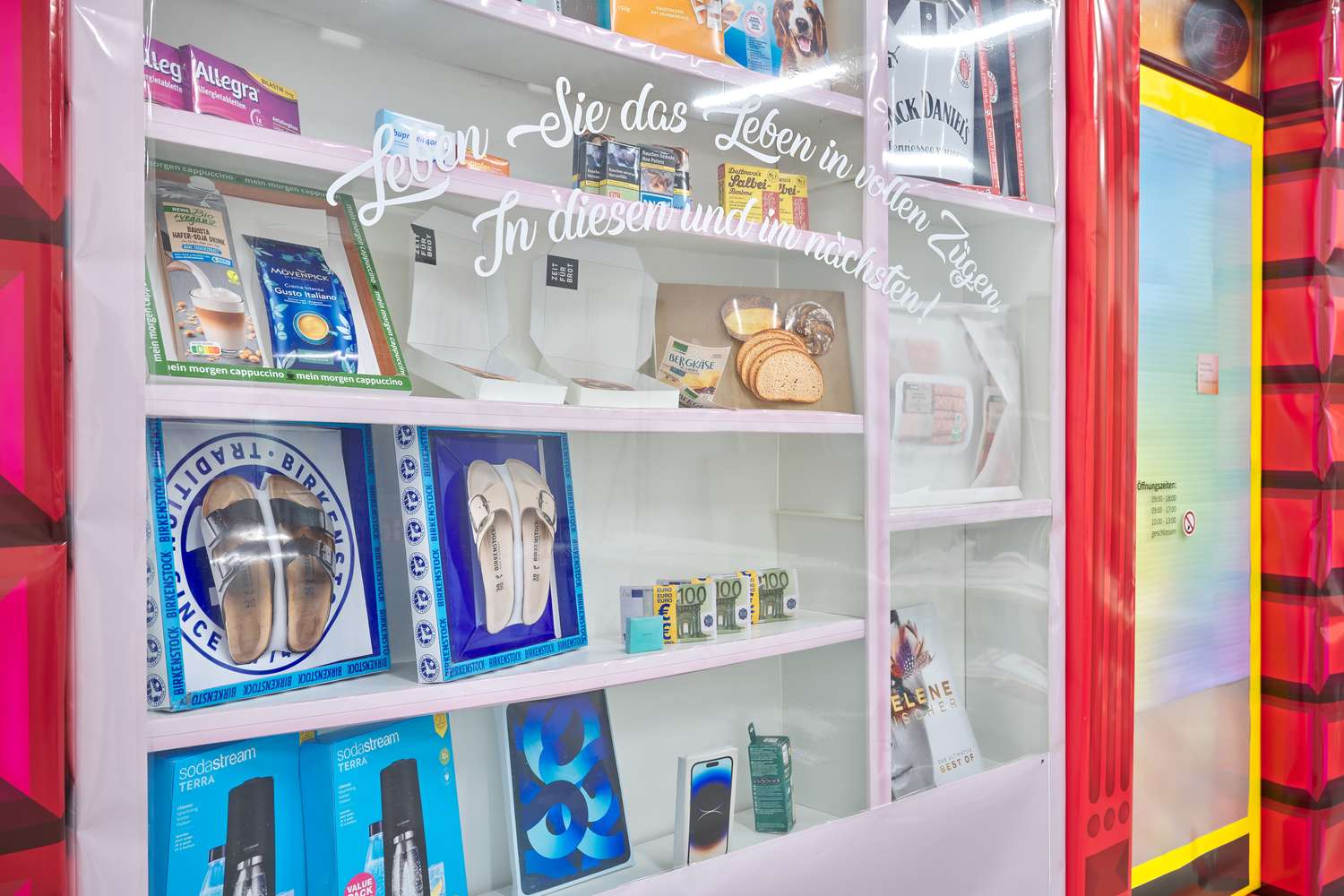
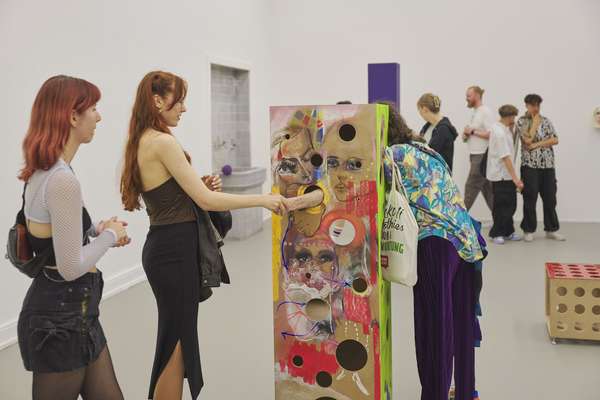
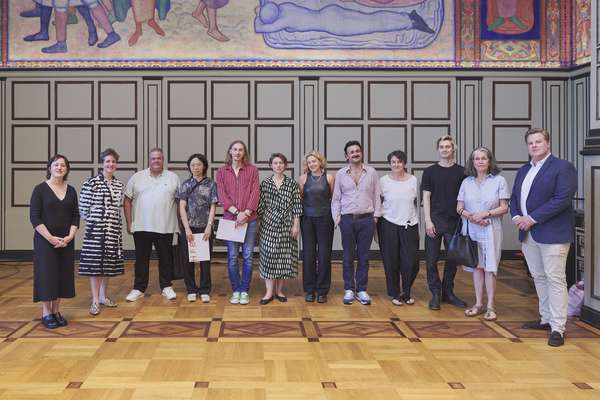


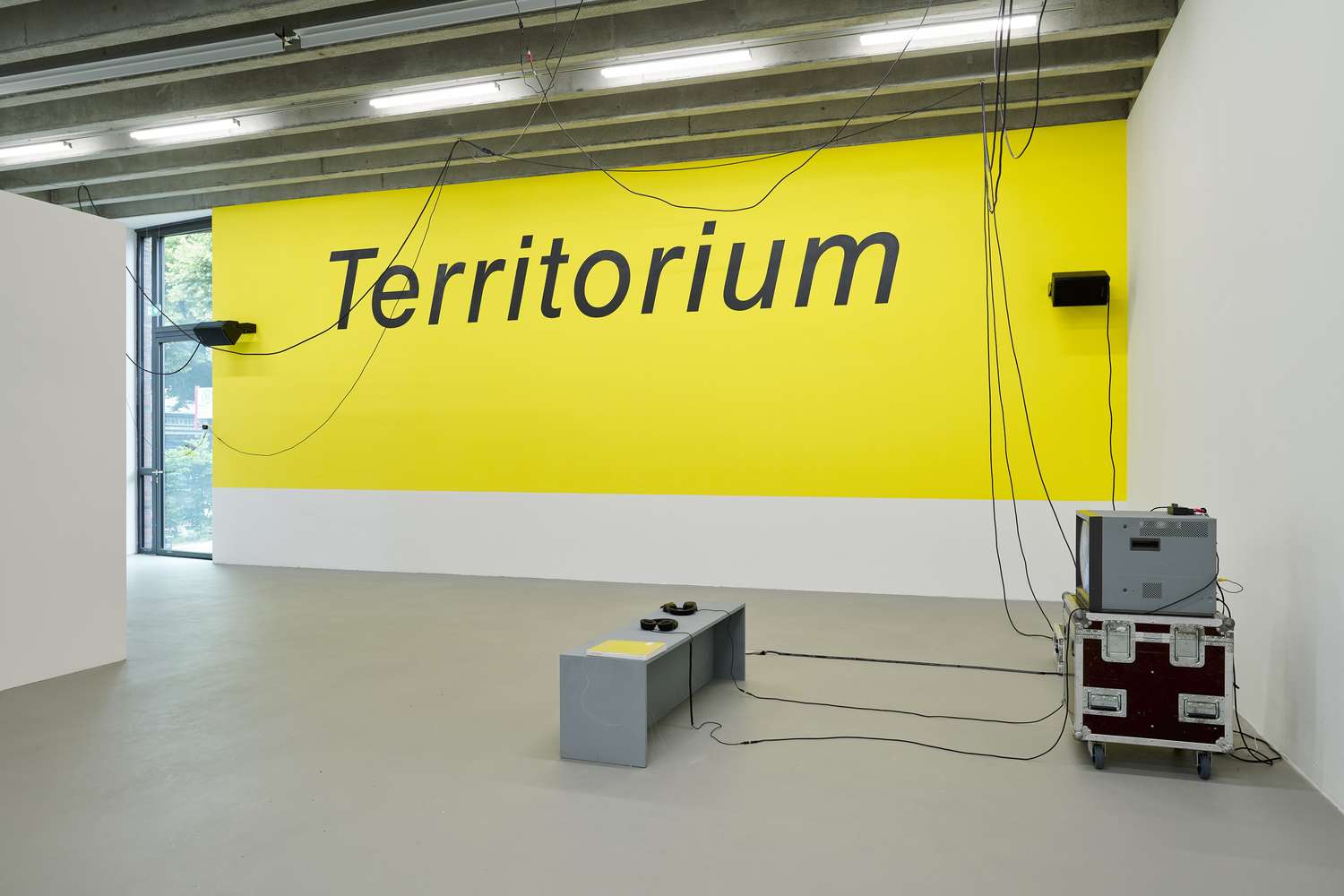

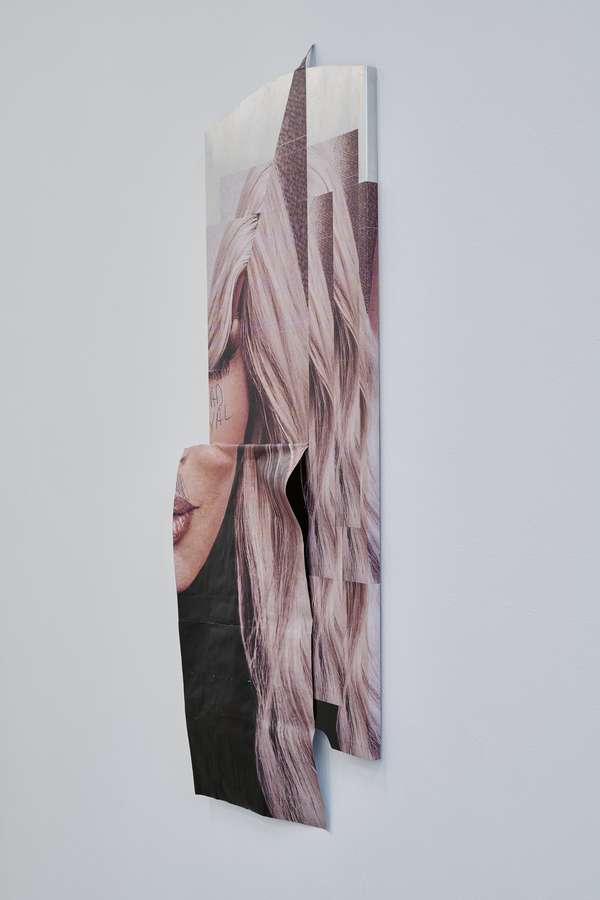



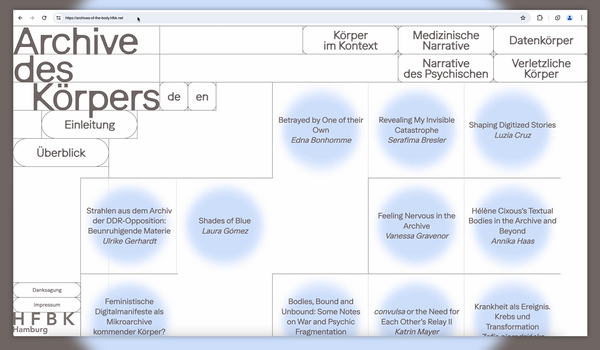






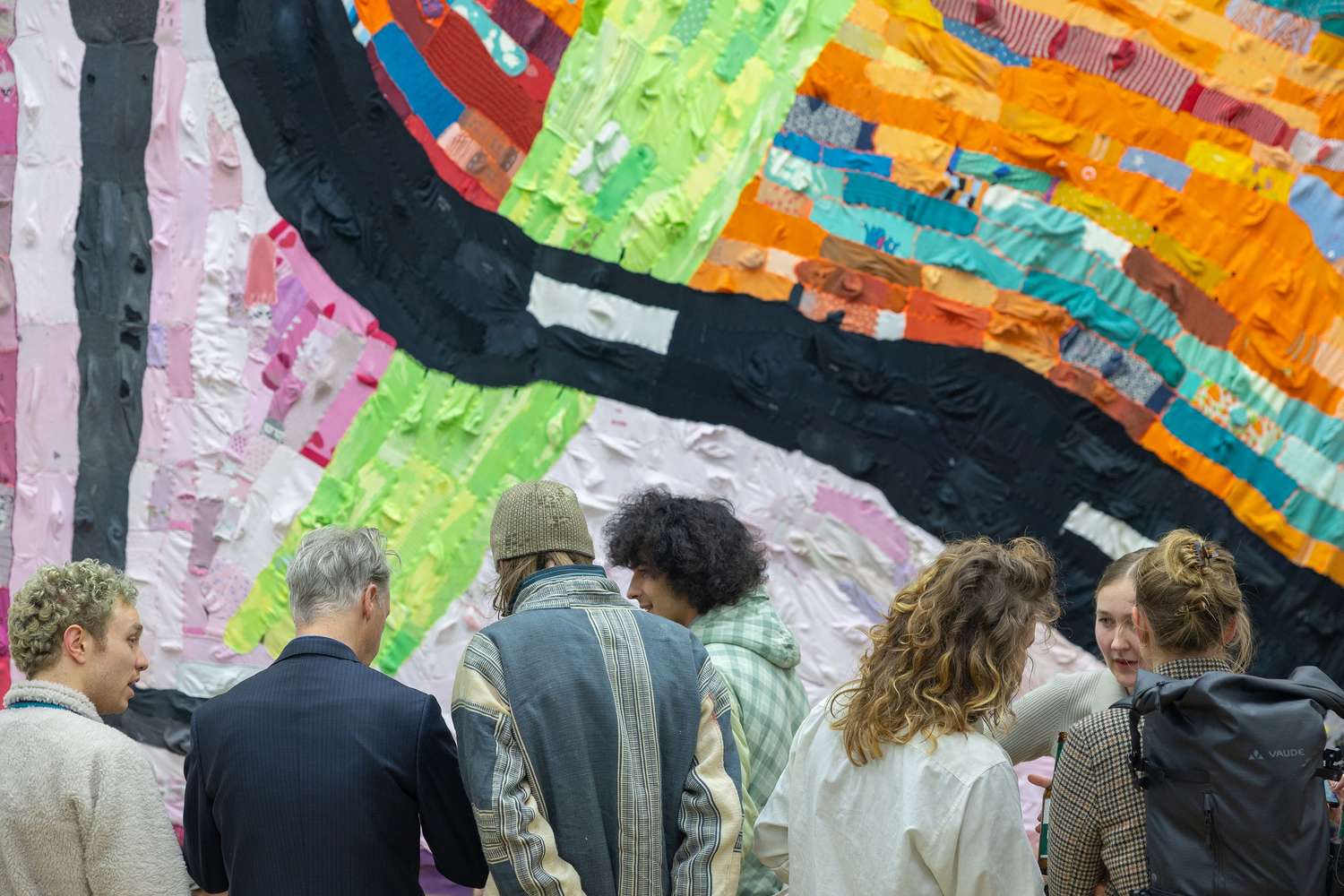








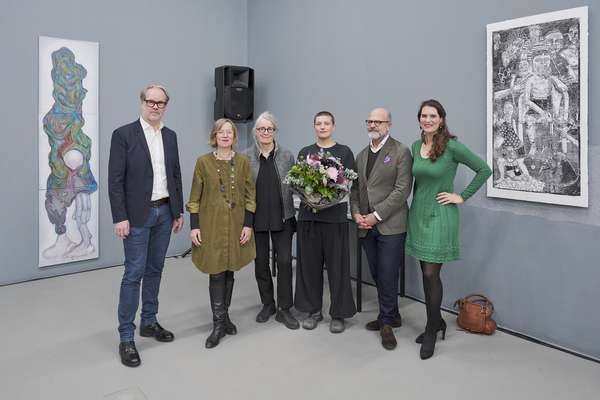


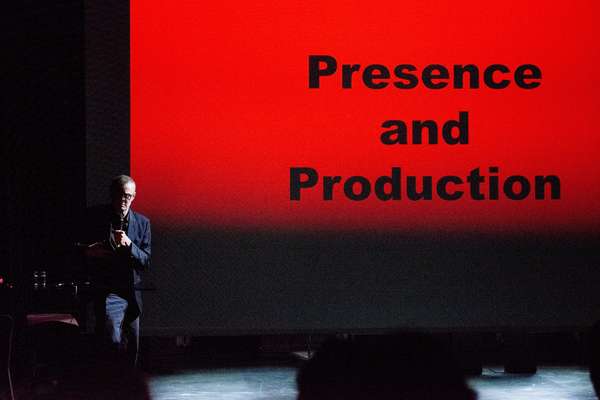



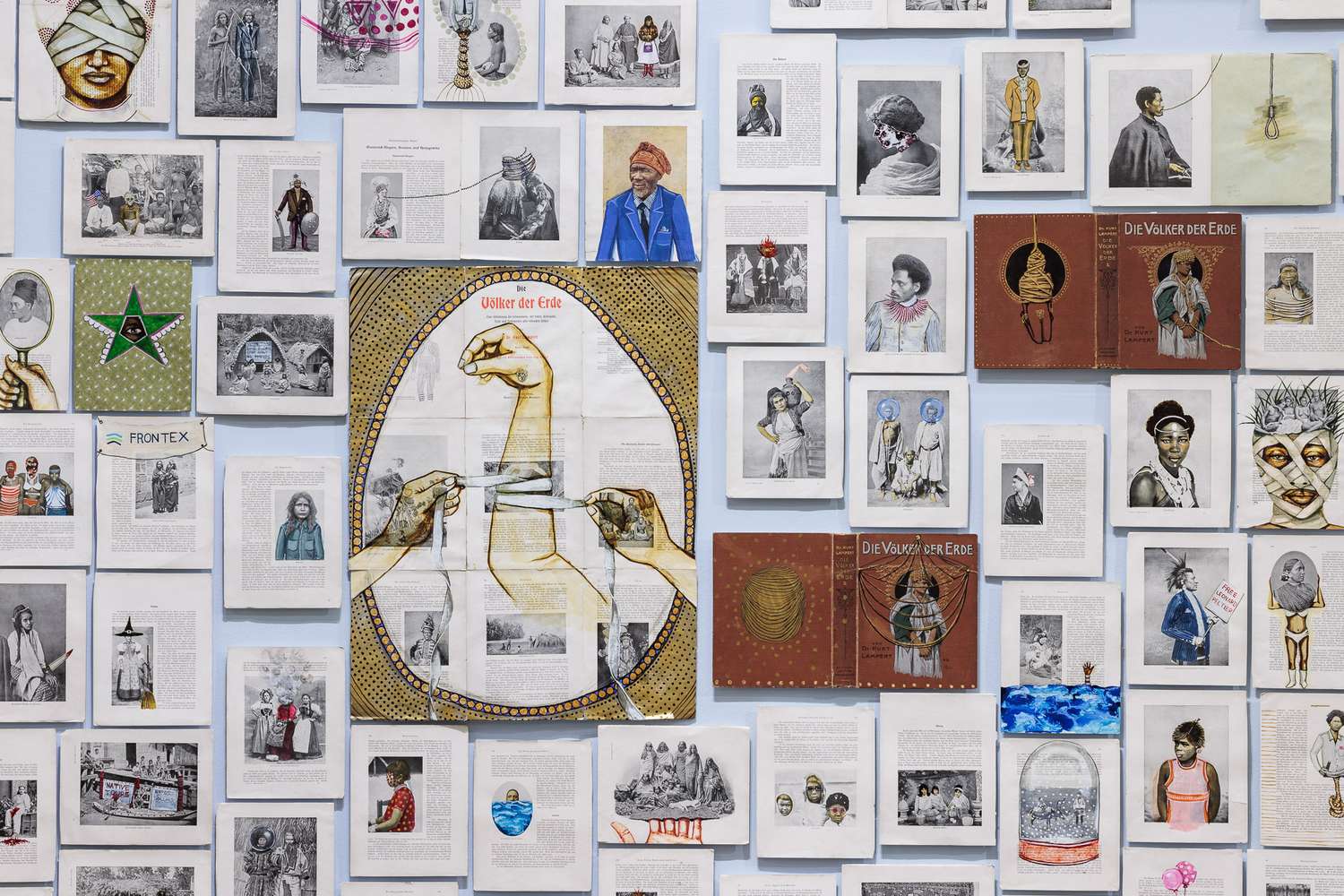









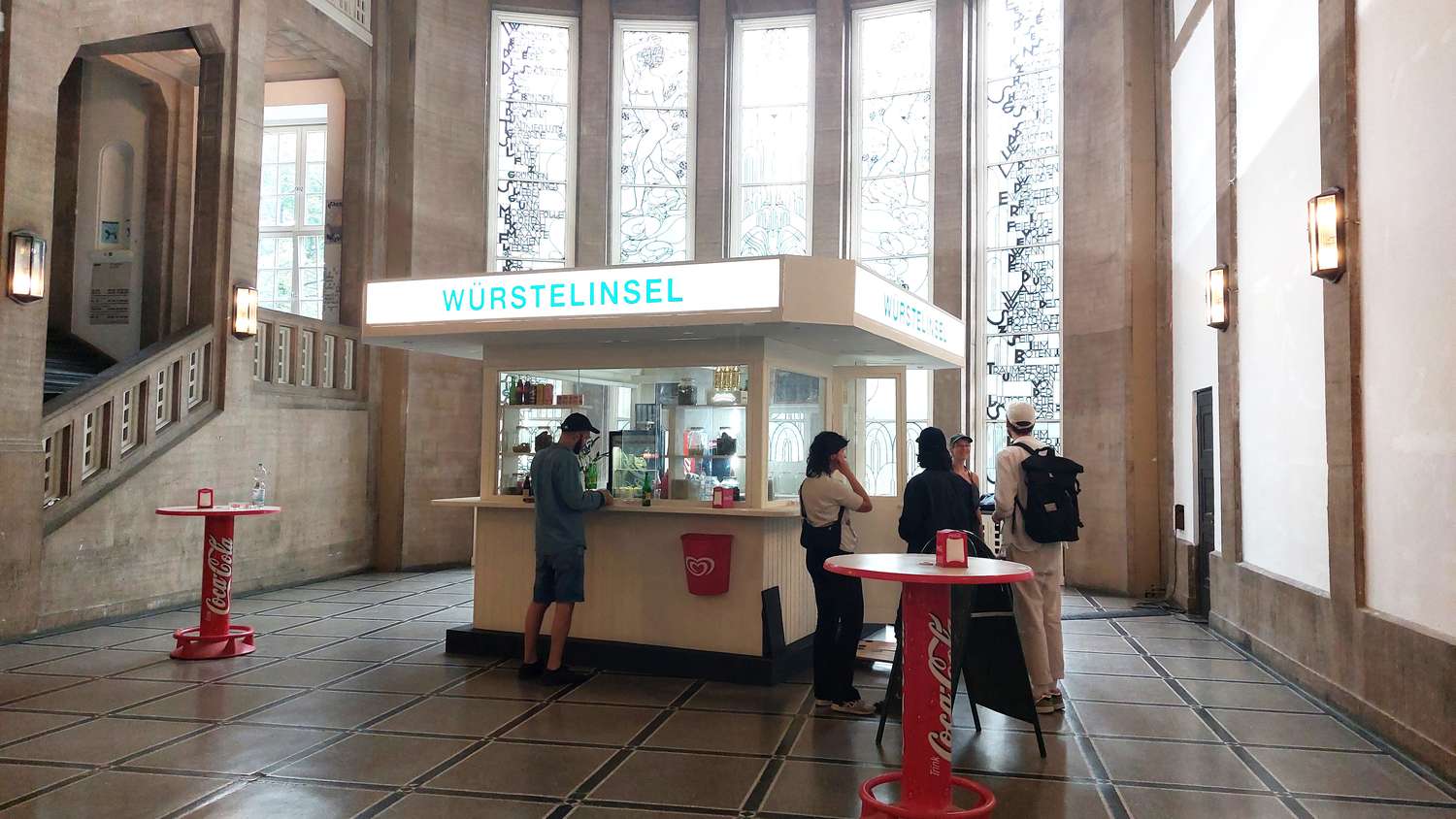








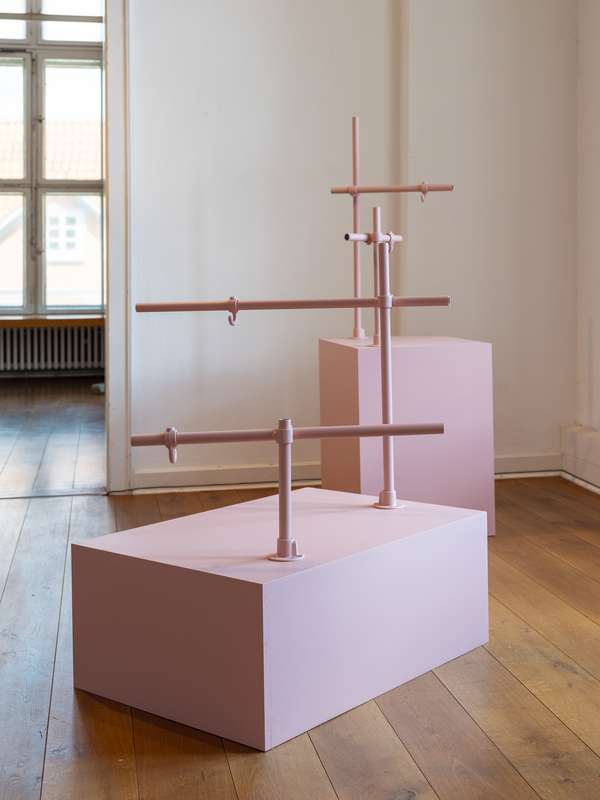

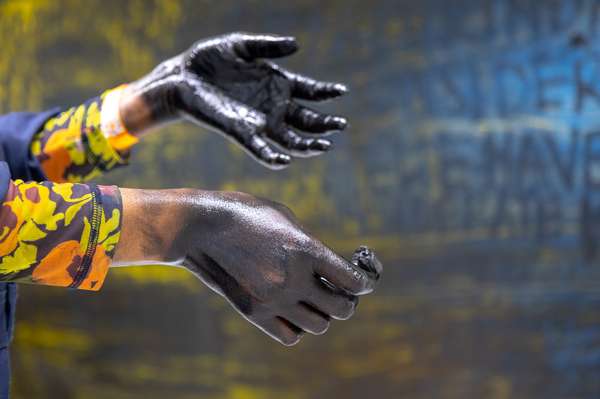




































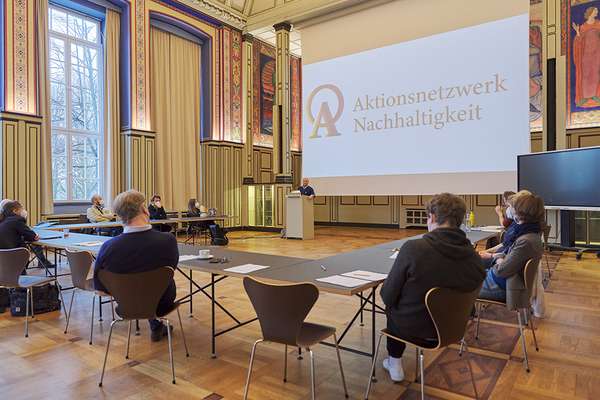






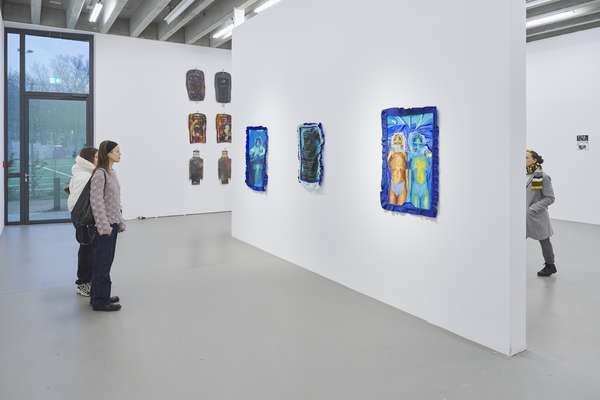








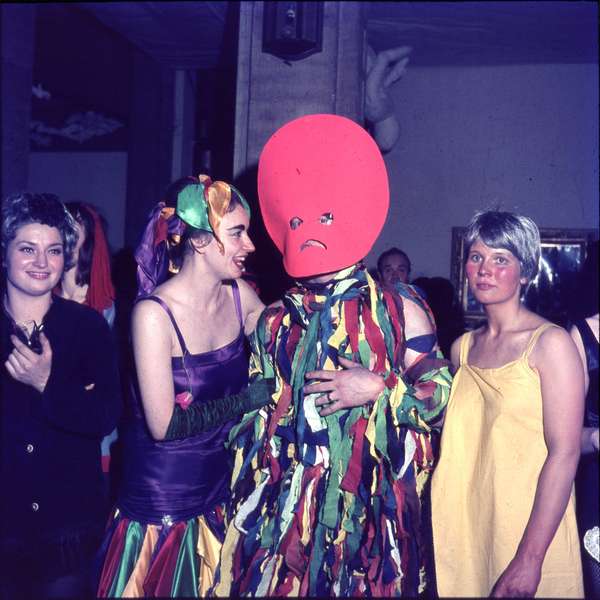

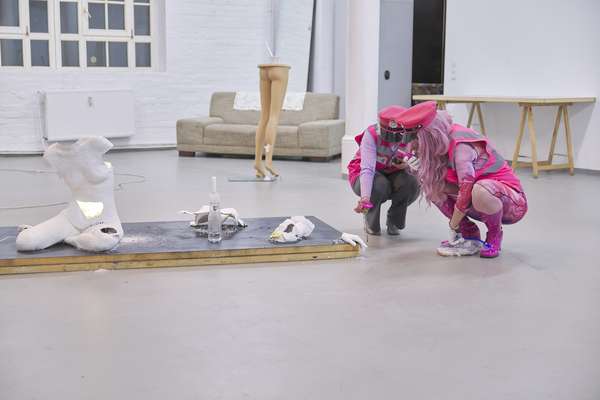







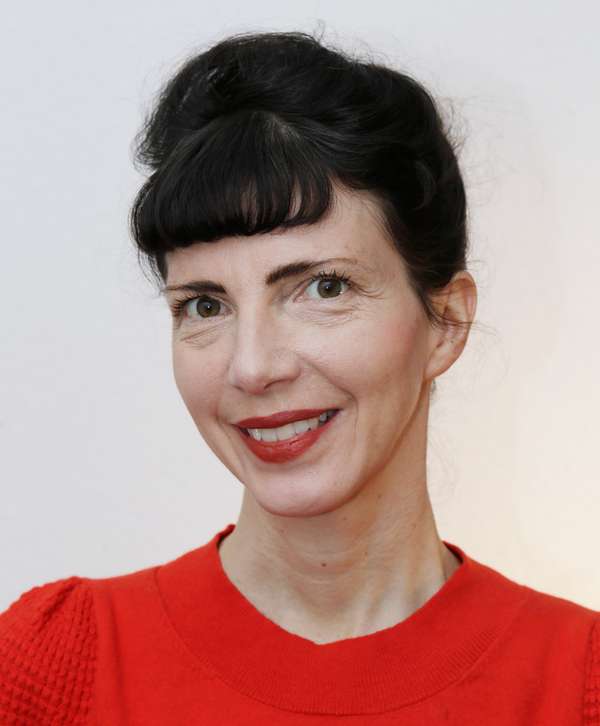
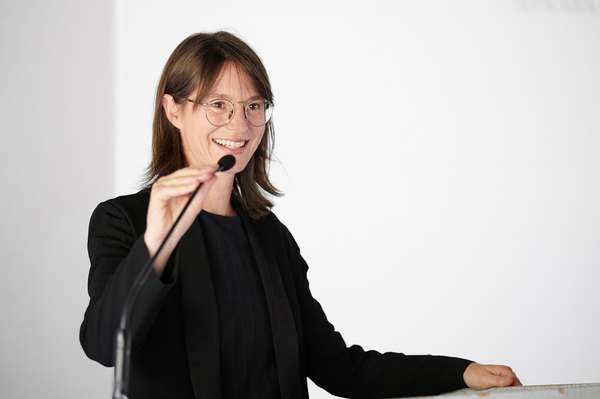




















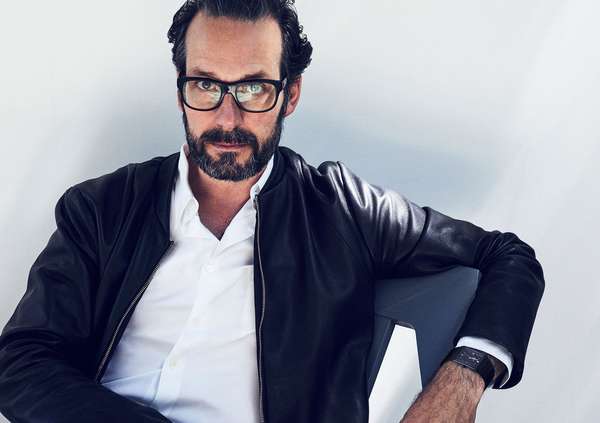







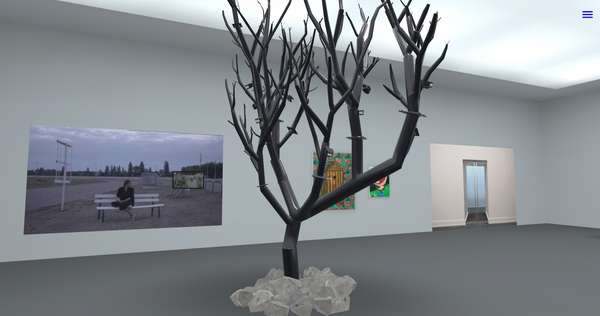
















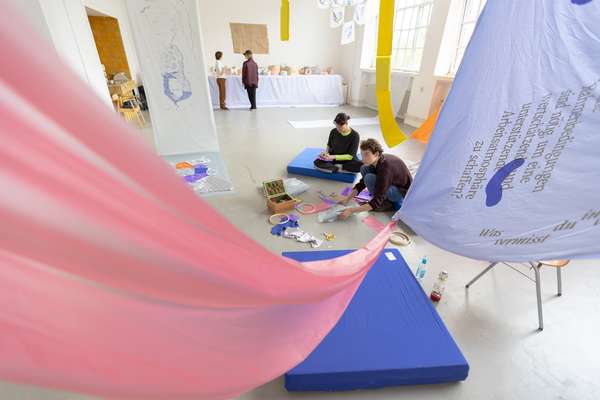

 Graduate Show 2025: Don't stop me now
Graduate Show 2025: Don't stop me now
 Long days, lots to do
Long days, lots to do
 Cine*Ami*es
Cine*Ami*es
 Redesign Democracy – competition for the ballot box of the democratic future
Redesign Democracy – competition for the ballot box of the democratic future
 Art in public space
Art in public space
 How to apply: study at HFBK Hamburg
How to apply: study at HFBK Hamburg
 Annual Exhibition 2025 at the HFBK Hamburg
Annual Exhibition 2025 at the HFBK Hamburg
 The Elephant in The Room – Sculpture today
The Elephant in The Room – Sculpture today
 Hiscox Art Prize 2024
Hiscox Art Prize 2024
 The New Woman
The New Woman
 Doing a PhD at the HFBK Hamburg
Doing a PhD at the HFBK Hamburg
 Graduate Show 2024 - Letting Go
Graduate Show 2024 - Letting Go
 Finkenwerder Art Prize 2024
Finkenwerder Art Prize 2024
 Archives of the Body - The Body in Archiving
Archives of the Body - The Body in Archiving
 New partnership with the School of Arts at the University of Haifa
New partnership with the School of Arts at the University of Haifa
 Annual Exhibition 2024 at the HFBK Hamburg
Annual Exhibition 2024 at the HFBK Hamburg
 (Ex)Changes of / in Art
(Ex)Changes of / in Art
 Extended Libraries
Extended Libraries
 And Still I Rise
And Still I Rise
 Let's talk about language
Let's talk about language
 Graduate Show 2023: Unfinished Business
Graduate Show 2023: Unfinished Business
 Let`s work together
Let`s work together
 Annual Exhibition 2023 at HFBK Hamburg
Annual Exhibition 2023 at HFBK Hamburg
 Symposium: Controversy over documenta fifteen
Symposium: Controversy over documenta fifteen
 Festival and Symposium: Non-Knowledge, Laughter and the Moving Image
Festival and Symposium: Non-Knowledge, Laughter and the Moving Image
 Solo exhibition by Konstantin Grcic
Solo exhibition by Konstantin Grcic
 Art and war
Art and war
 Graduate Show 2022: We’ve Only Just Begun
Graduate Show 2022: We’ve Only Just Begun
 June is full of art and theory
June is full of art and theory
 Finkenwerder Art Prize 2022
Finkenwerder Art Prize 2022
 Nachhaltigkeit im Kontext von Kunst und Kunsthochschule
Nachhaltigkeit im Kontext von Kunst und Kunsthochschule
 Raum für die Kunst
Raum für die Kunst
 Annual Exhibition 2022 at the HFBK
Annual Exhibition 2022 at the HFBK
 Conference: Counter-Monuments and Para-Monuments.
Conference: Counter-Monuments and Para-Monuments.
 Diversity
Diversity
 Live und in Farbe: die ASA Open Studios im Juni 2021
Live und in Farbe: die ASA Open Studios im Juni 2021
 Unlearning: Wartenau Assemblies
Unlearning: Wartenau Assemblies
 School of No Consequences
School of No Consequences
 Annual Exhibition 2021 at the HFBK
Annual Exhibition 2021 at the HFBK
 Semestereröffnung und Hiscox-Preisverleihung 2020
Semestereröffnung und Hiscox-Preisverleihung 2020
 Teaching Art Online at the HFBK
Teaching Art Online at the HFBK
 HFBK Graduate Survey
HFBK Graduate Survey
 How political is Social Design?
How political is Social Design?